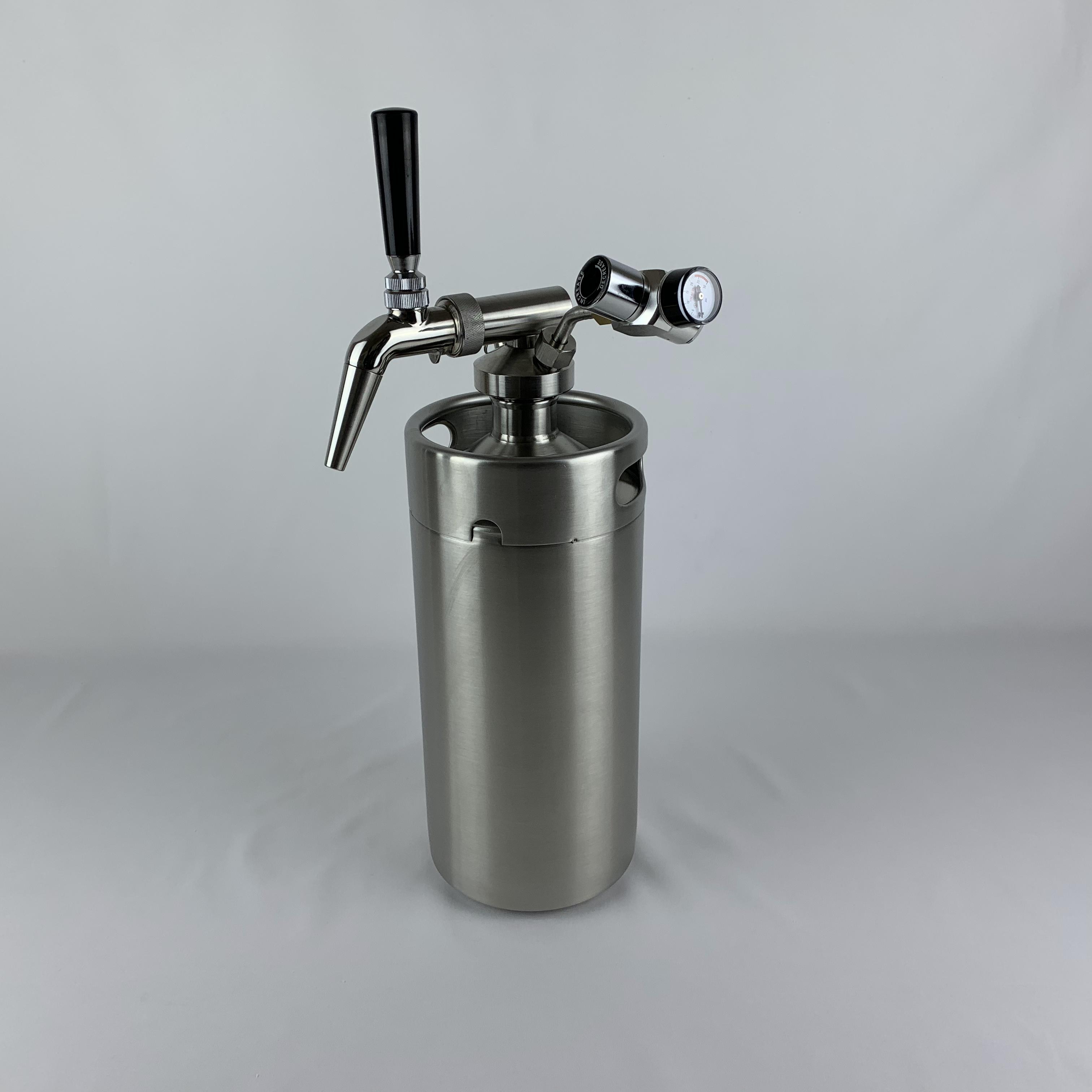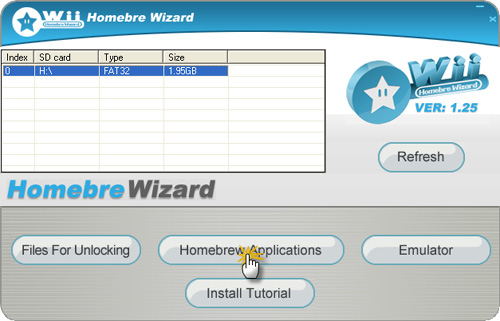


Have a fun day and happy coding.īut if you want a proper Python version control system to keep track of various versions – and have fine-grain control over which version you use – this tutorial will show you exactly how to accomplish this. You can run Python 3 using this command (with the 3 at the end). A Single Command to Run Python 3įor some of you reading this, this command may be enough.
Homebrew download install#
Until Apple decides to set Python 3.x, as the default you're going to have to install it yourself. Instead, it is recommended that you transition to using 'python3' from within Terminal. Future versions of macOS will not include Python 2.7. This version is included in macOS for compatibility with legacy software. If you try to run Python from your MacOS terminal, you'll even see this warning: WARNING: Python 2.7 is not recommended. And Python 4.x will be out soon, but it will be completely backward compatible. The entire Python community has now moved on to using Python 3.x (the current version as of writing this is 3.9). But it's Python Version 2.7, which is now deprecated (abandoned by the Python developer community). Since the command line utility takes care of both the download and the installation procedures, it should be very useful to both experienced and less seasoned users.MacOS comes with Python pre-installed. To conclude, if you are using open source projects and other types of software that rely on third party dependencies, Homebrew is a great addition to your software collection. Homebrew installs each one of them in their own directories and them creates symlinks in the /usr/local/ directory.įurthermore, Homebrew also enables you to quickly create your own Homebrew packages: as a result, disseminating a dependency required by a certain utility is extremely easy. Seamlessly install numerous dependencies that are not included in macOS by defaultĪll in all, working with the Homebrew command line utility proves to be very straightforward: the packages are both downloaded and installed with a single command. When the installation procedure is complete, the “brew help” command ran in the Terminal will provide you with a list of usage examples, and offer details about other useful commands.Īll you have to do is check if the package you need is included in the Homebrew list of supported packages, and then run the appropriate command to install it (“brew install packagenamehere”). Note that on Homebrew's Github project page you can also find detailed installation and removal instructions.
Homebrew download archive#
To deploy Homebrew on your Mac, you can manually download the source code archive and install wherever you like, or you can run the command provided by the development team in Terminal window (will place Homebrew in the /usr/local folder): Effortless to install macOS package manager that runs in the Terminal

The both application provides you with access to a large collection of packages which you can browse using the command line, or by making use of online resources such as the Braumeister website. Homebrew is a command line utility designed to streamline the installation of various libraries and utilities that you might need to run certain applications, but have not been included in your macOS installation by default.


 0 kommentar(er)
0 kommentar(er)
